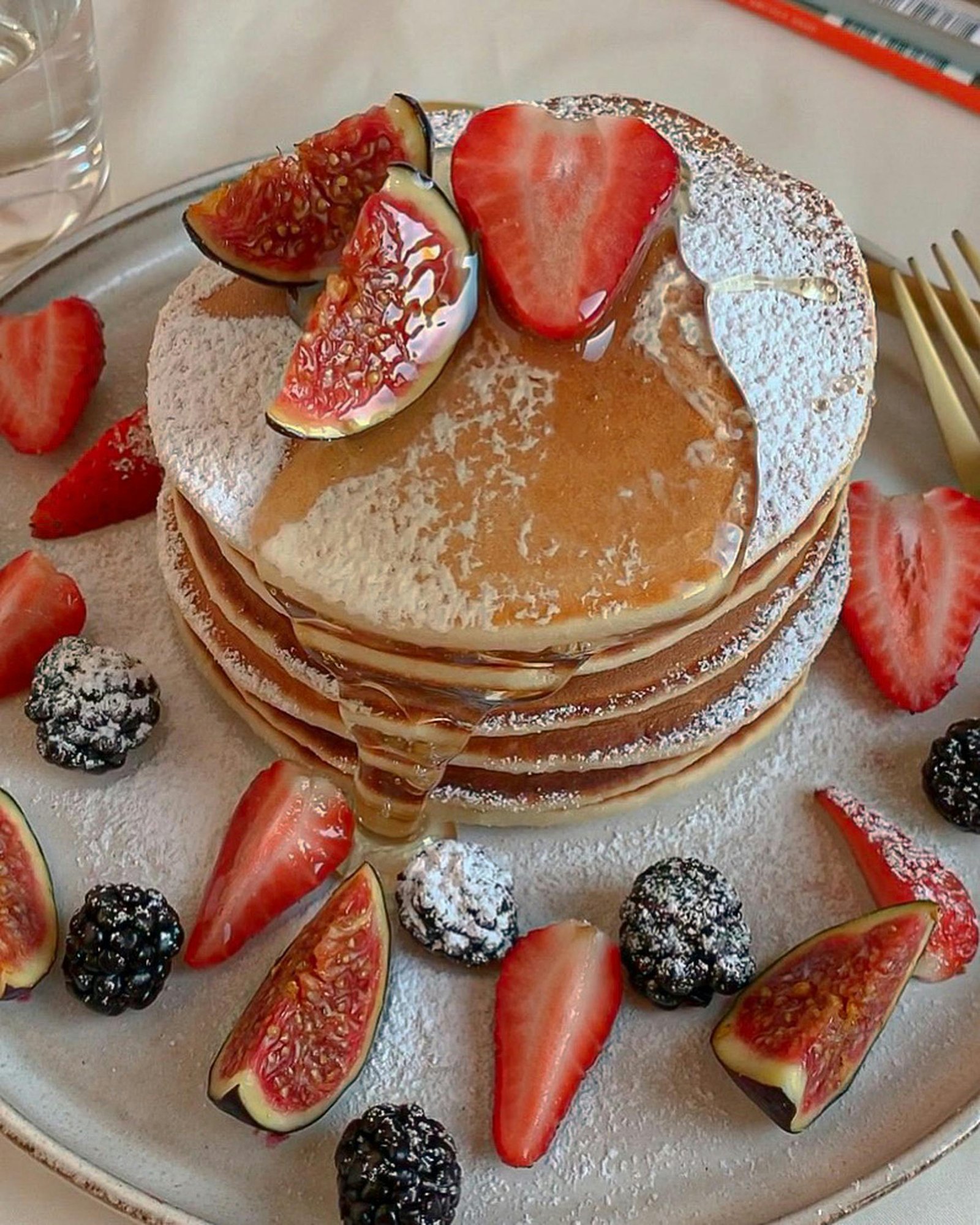Food Photography and Styling.
Introduction.
In today’s visually driven world, where social media platforms are flooded with tantalizing food images, mastering the art of food photography and styling has become essential. Whether you’re a professional chef, food blogger, or simply an enthusiast looking to showcase your culinary creations , understanding the principles of food photography and styling can take your imagery to the next level.
Getting Started with Food Photography and Styling.
Food photography and styling are not just about clicking pictures of food; it’s an art form that involves careful consideration of lighting, composition, and presentation to evoke a sensory experience for viewers. Here’s how you can dive into this captivating world:
Choosing the Right Equipment.
Investing in the right photography equipment is crucial for achieving professional-looking food photos. A DSLR camera with a macro lens, tripod, and diffuser for softening harsh light are essential tools for any aspiring food photographer.
Setting the Scene: Props and Backgrounds.

The backdrop and props you choose can significantly impact the mood and aesthetic of your food photos. Opt for simple, neutral backgrounds that won’t distract from the main subject. Experiment with various props such as rustic utensils, fresh herbs, or colorful napkins to add visual interest to your compositions.
Understanding Lighting Techniques.
Good lighting is the cornerstone of photography, and it’s especially critical in food photography. Natural light is often preferred for its soft, flattering effect on food. Position your setup near a window to harness the gentle, diffused light. Avoid harsh overhead lighting, as it can cast unflattering shadows on your subjects.
Styling Your Food for the Camera
Food styling is about arranging and presenting dishes in a visually appealing manner. Pay attention to the colors, textures, and shapes of the ingredients to create dynamic compositions. Experiment with different plating techniques, garnishes, and sauces to enhance the overall aesthetic appeal of your dishes.
Enhancing Your Photography Skills
Now that you’ve got the basics down, let’s explore some advanced techniques to elevate your food photography game:
Playing with Depth of Field
Mastering depth of field allows you to control which parts of the image are in focus and which are blurred, adding depth and dimension to your photos. Experiment with aperture settings to achieve the desired effect, whether it’s a shallow depth of field for a dreamy, blurred background or a crisp focus throughout the frame.

Utilizing Composition Techniques
Composition plays a crucial role in guiding the viewer’s eye and creating visually compelling images. Explore techniques such as the rule of thirds, leading lines, and symmetry to create balance and harmony in your compositions. Don’t be afraid to experiment with different angles and perspectives to find the most captivating shot.
Editing and Post-Processing
Post-processing can take your photos from good to great by fine-tuning exposure, color balance, and contrast. Experiment with editing software like Adobe Lightroom or Photoshop to enhance the vibrancy and clarity of your images while maintaining a natural look. Remember to strike a balance between enhancement and authenticity – less is often more when it comes to editing food photos.
Frequently Asked Questions (FAQs)
Q: What camera equipment do I need to start with food photography?
A: A DSLR camera with a macro lens is ideal for capturing detailed shots of food. Invest in a tripod and diffuser for stable shots and soft lighting.
Q: How can I make my food photos stand out on social media?
A: Focus on styling and presentation to create visually striking images. Experiment with composition, props, and lighting to make your dishes pop off the screen.
Q: What are some common lighting mistakes to avoid in food photography?
A: Avoid harsh overhead lighting, as it can cast unflattering shadows on your subjects. Opt for soft, diffused natural light or use artificial lighting setups for more control.
Q: How important is food styling in photography?
A: Food styling plays a crucial role in creating visually appealing images. Attention to detail in plating, garnishing, and arrangement can elevate the overall aesthetic of your photos.
Q: Should I edit my food photos, and if so, how much is too much?
A: Editing can enhance the visual appeal of your photos by adjusting exposure, color balance, and contrast. However, be cautious not to over-edit, as it can make your photos look artificial.
Q: What are some creative ways to arrange food for photography?
A: Experiment with different plating techniques, garnishes, and props to create visually interesting compositions. Consider the color, texture, and shape of ingredients when styling your dishes.
Conclusion

Mastering food photography and styling is a journey of creativity and experimentation. By understanding the principles of composition, lighting, and styling, you can create captivating images that showcase the beauty and deliciousness of your culinary creations. So grab your camera, gather your props, and let your creativity shine!
Read More Article: https://thetalha.online/mental-health-in-the-workplace/

1 thought on “Food Photography and Styling”